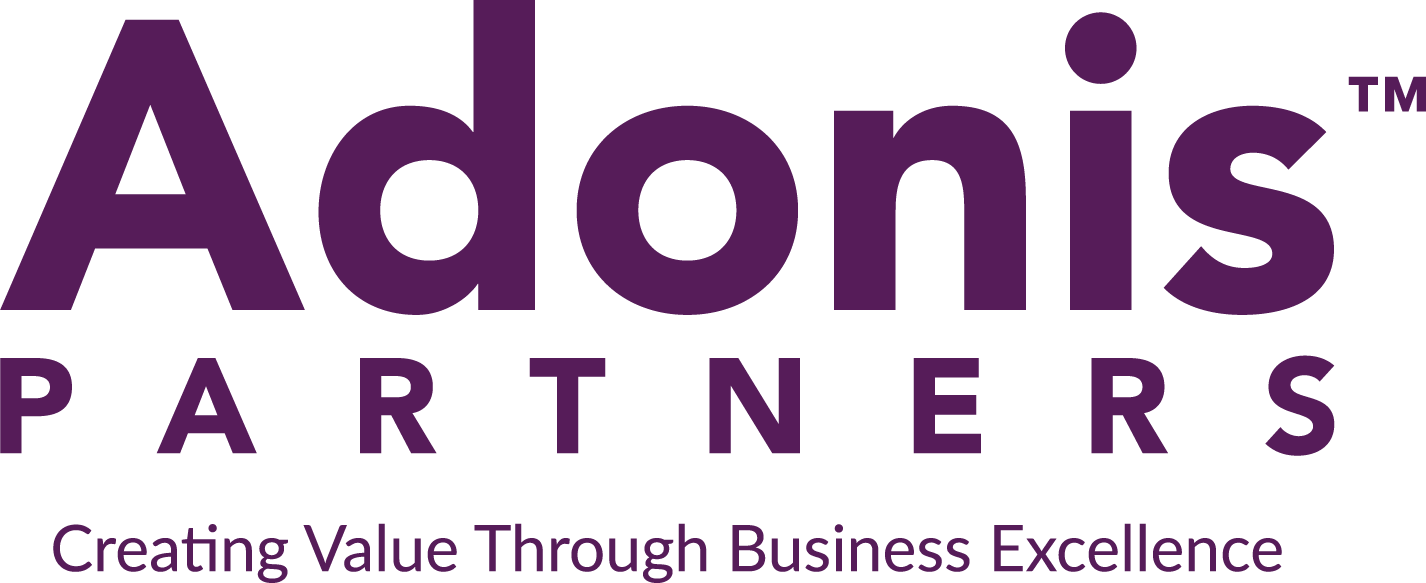
9 Key Principles of Lean Transformation

The essence of Lean transformation lies in optimizing processes for sustainable growth and creating a culture of continuous improvement within an organization. Originating from manufacturing principles pioneered by Toyota, Lean thinking has been widely adopted across various industries. The fundamental goal of Lean transformation is to eliminate waste, enhance efficiency, and deliver greater value to customers.
At Adonis Partners we operate by Lean principles and believe that businesses that adopt these principles will have a more engaged and positive corporate culture in addition to the value Lean principles bring to operational end goals.
Here are nine key principles of Lean transformation and how they foster operational excellence:
- Customer Value: Focus on understanding and delivering what the customer truly values. This requires a deep understanding of customer needs and preferences.
- Value Stream Mapping: Analyze and map the entire process from raw materials to the delivery of the final product or service. Identify and eliminate any steps that do not add value.
- Flow: Optimize the flow of work through the organization by minimizing interruptions, delays, and bottlenecks. This often involves redesigning processes to be more streamlined.
- Pull Systems: Implement systems where work is pulled based on customer demand rather than pushed through the system. This helps prevent overproduction and reduces excess inventory.
- Continuous Improvement (Kaizen): Foster a culture of continuous improvement where employees at all levels are encouraged to identify and implement small, incremental changes to improve processes.
- Respect for People: Recognize and empower employees as valuable contributors to the improvement process. This involves providing training, involving them in decision-making, and creating a supportive work environment.
- Visual Management: Use visual tools, such as Kanban boards, to make information about work status, problems, and performance easily accessible. This enhances communication and transparency.
- Standardization: Establish and continually refine standardized work processes. Standardization provides a baseline for improvement and helps maintain consistency.
- Quality at the Source: Build quality into the process from the beginning rather than inspecting for defects later. This prevents the propagation of defects through the system.
Lean transformation is not a one-time event but a dynamic and ongoing journey. It requires commitment from leadership, engagement from employees, and a willingness to adapt and evolve. By embracing Lean principles, organizations can become more agile, responsive, and capable of delivering higher value to customers while operating more efficiently.


